Anyone that wants to enjoy nature and observe the many birds on the North and Baltic Seas will find much more than countless white, screeching seagulls. Looking up at the sky, the numerous birds look like confetti on a blue and gray background. So it’s not surprising that the Wadden Sea has been declared a World Heritage Site and is home to several unique bird species such as the little tern (Sternula albifrons), the goosander (Mergus merganser), and the common ringed plover (Charadrius hiaticula). As an important part of the bird migration route, a wide variety of species such as the brant (Branta bernicla), dunlin (Calidris alpina), and pied avocet (Recurvirostra avosetta) gather here to rest. Migratory birds know how to use resources to perfection, spending the summer in the constantly bright Arctic with an abundant supply of food to breed and raise their young, and then flying to warmer areas when it gets colder and darker. Over 9 million birds depend on the Baltic Sea alone as an important wintering area. On the other hand, the Baltic and North Seas are popular destinations for water sports enthusiasts and bathers and, in connection with the growing number of flood control structures, threaten the birds’ breeding habitats.
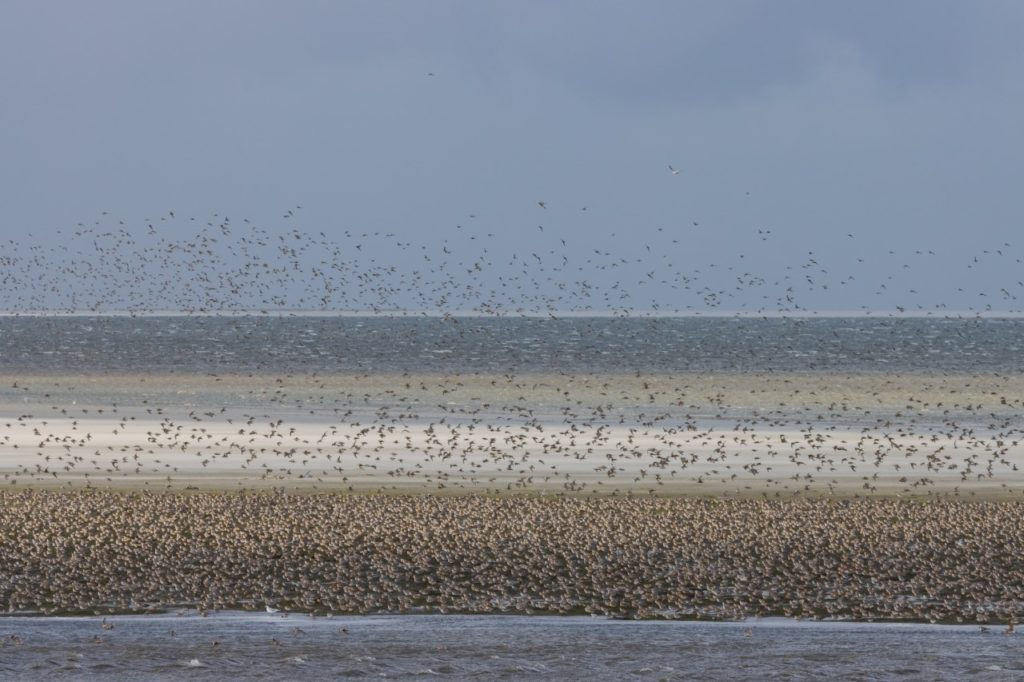
© Verein Jordsand Sebastian Blüm 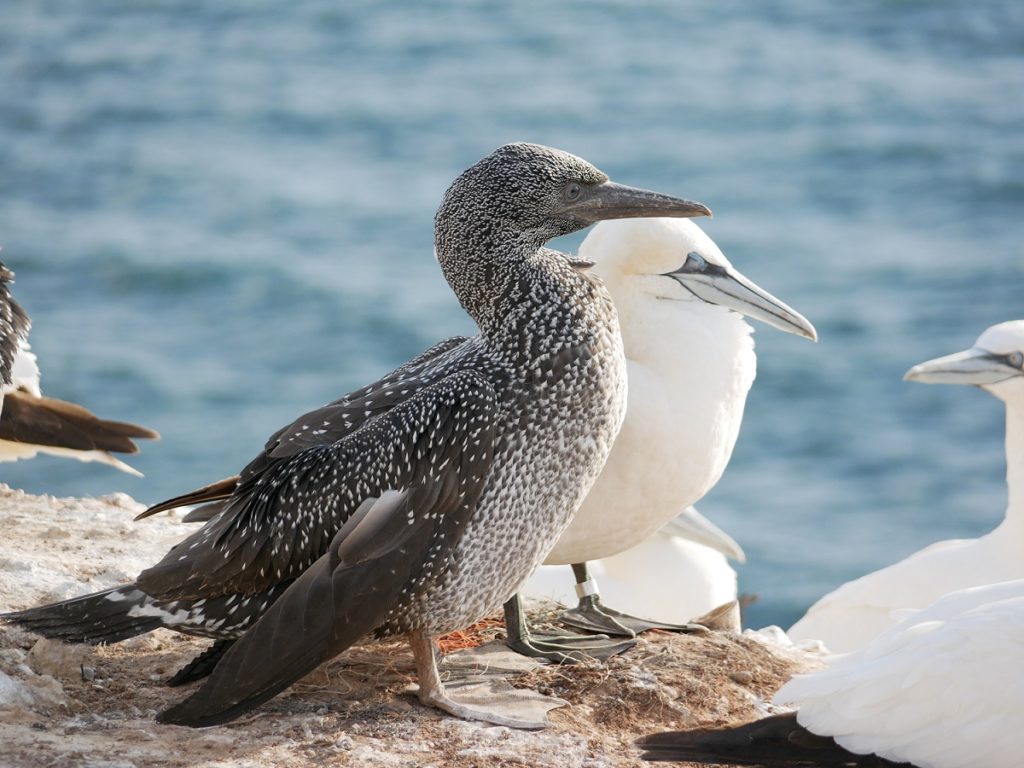
© Verein Jordsand Damairs
The nonprofit association Jordsand, founded all the way back in 1907, is committed to protecting precisely these kinds of migratory and seabirds and their habitats, and is responsible for and carries out comprehensive, highly specialized nature conservation activities at around 20 protected areas on the North Sea and Baltic Sea in the German states of Hamburg, Mecklenburg-Western Pomerania, Lower Saxony, and Schleswig-Holstein.
These include educational and outreach activities such as building highly informative visitor centers, protected nature observation huts (known as hides), natural history tours, and community outreach such as marine debris cleanups and cooperative research projects.
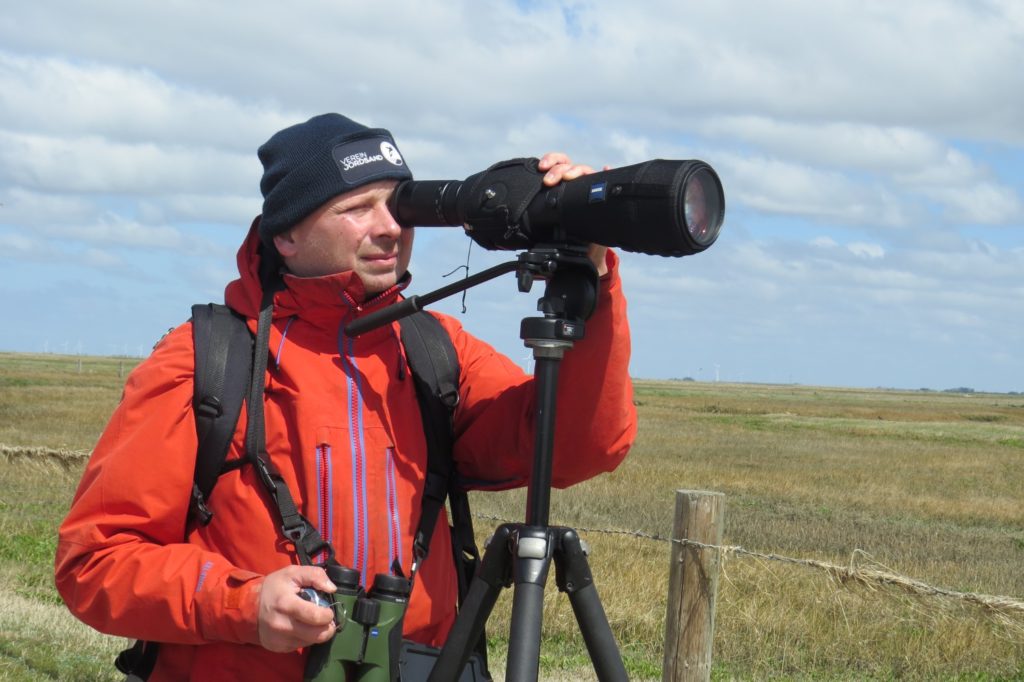
© Verein Jordsand Leonie Lange 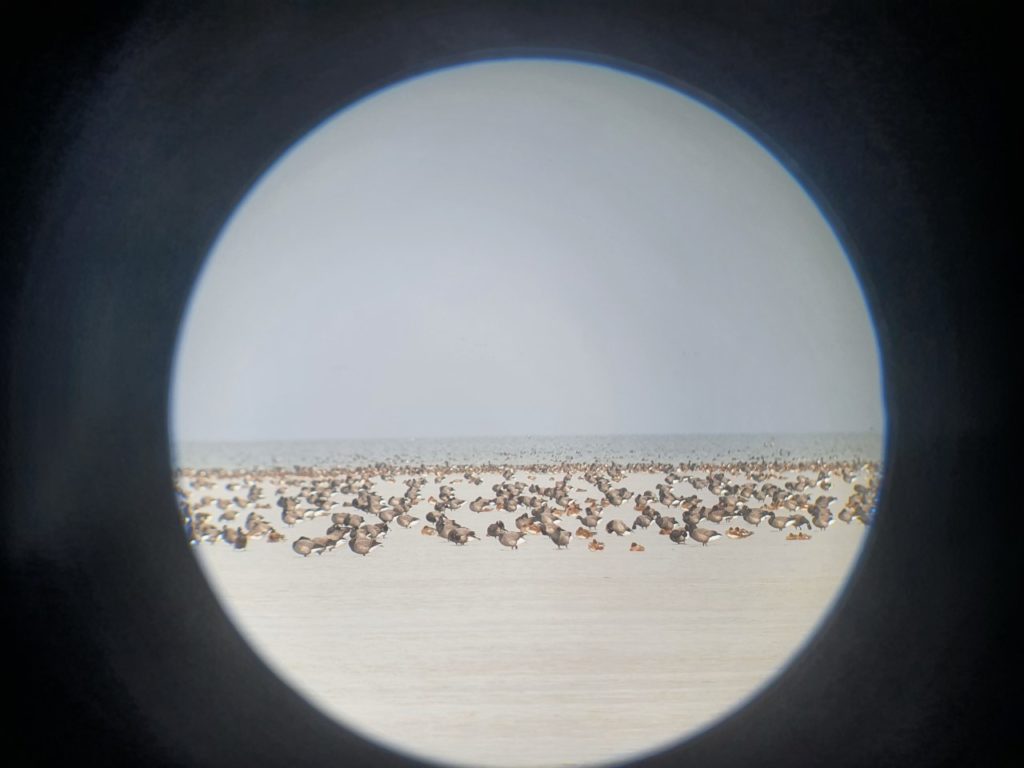
© Verein Jordsand Sebastian Blüm
ZEISS wants to support this important work over the long term and is committed to the objectives of the Jordsand Association in order to ensure that the unique natural landscapes along the German coasts once again become intact ecosystems and that the existing protected areas are preserved and simultaneously enhanced. In this context, the nature reserves on the islands of Sylt and Helgoland and at the mouth of the Schleim estuary are a particular focus of these joint activities. “By preserving and expanding these nature reserves, we not only want to protect habitats for numerous shorebirds and seabirds, but also make more people aware of the need to preserve these habitats and get them excited about our passion, namely bird-watching, and the associated experiences in harmony with nature,” emphasized Johannes Fürst, head of Marketing and Communications ZEISS Consumer Products Central Europe.
“We hope to build a genuine partnership with the Jordsand association and will also be able to benefit from their extensive expertise as a result of regular discussions, which will then flow into the further development of our ZEISS products”
Johannes Fürst
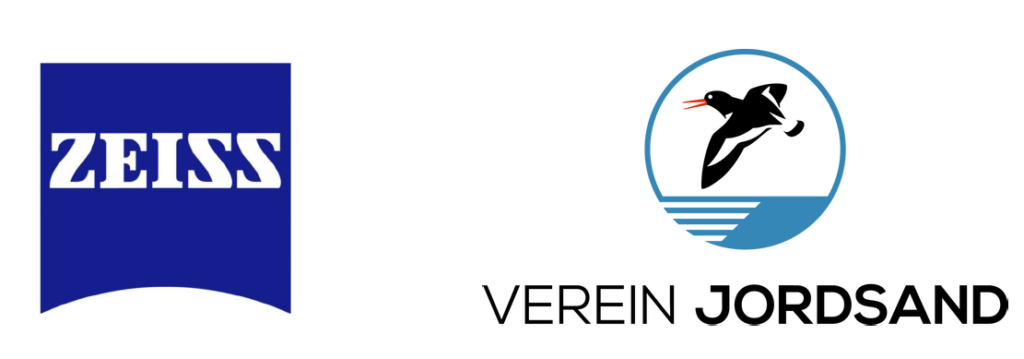
About Post Author
Visits on this Page:5456